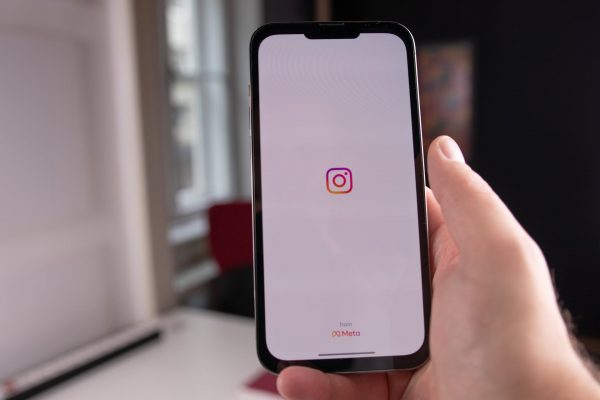According to a recent survey conducted by the National Institute of Health (NSI) in the Czech Republic, approximately one-fifth of children aged 13 to 15 use tobacco products, with e-cigarettes being the preference for one-fifth of them, and about eight percent using nicotine sachets. Interestingly, while the number of cigarette smokers has declined compared to previous years, the usage of e-cigarettes has seen an increase.
The survey, part of the Global Youth Tobacco Survey (GYTS), involved 3,190 pupils aged 13 to 15. It revealed that around 11 percent of respondents in this age group smoke cigarettes at any time within the last 30 days. Additionally, approximately 11 percent use heated tobacco, and just under eight percent opt for smokeless tobacco. Of these, 2.5 percent regularly smoke cigarettes, meaning they have used them on 20 or more days within the past 30 days.
The State Institute of Health (SZU) conducted the survey, building on the first one conducted in the Czech Republic in 2002. The most recent findings show a significant decline in the number of current cigarette smokers, dropping from 34.6 percent in 2002 to 11.2 percent in the last year. In contrast, e-cigarette use has increased from 11.2 percent in 2016 to 21.4 percent presently. Smokeless tobacco usage among schoolchildren has also seen a moderate increase, rising from 4.7 percent in 2016 to 7.6 percent last year.
Health experts point out that there is a misconception, not only among young people, but also in the general population, that products like e-cigarettes or heated tobacco are relatively “healthy” or significantly less harmful compared to conventional cigarettes. To address the growing concerns, the survey results may contribute to awareness campaigns and measures aimed at promoting a better understanding of the risks associated with these products.
In related efforts, Members of Parliament (MPs) have recently approved a ban on the sale of nicotine sachets to children under 18, a measure that seeks to further control tobacco and nicotine usage among young people in the country.


















